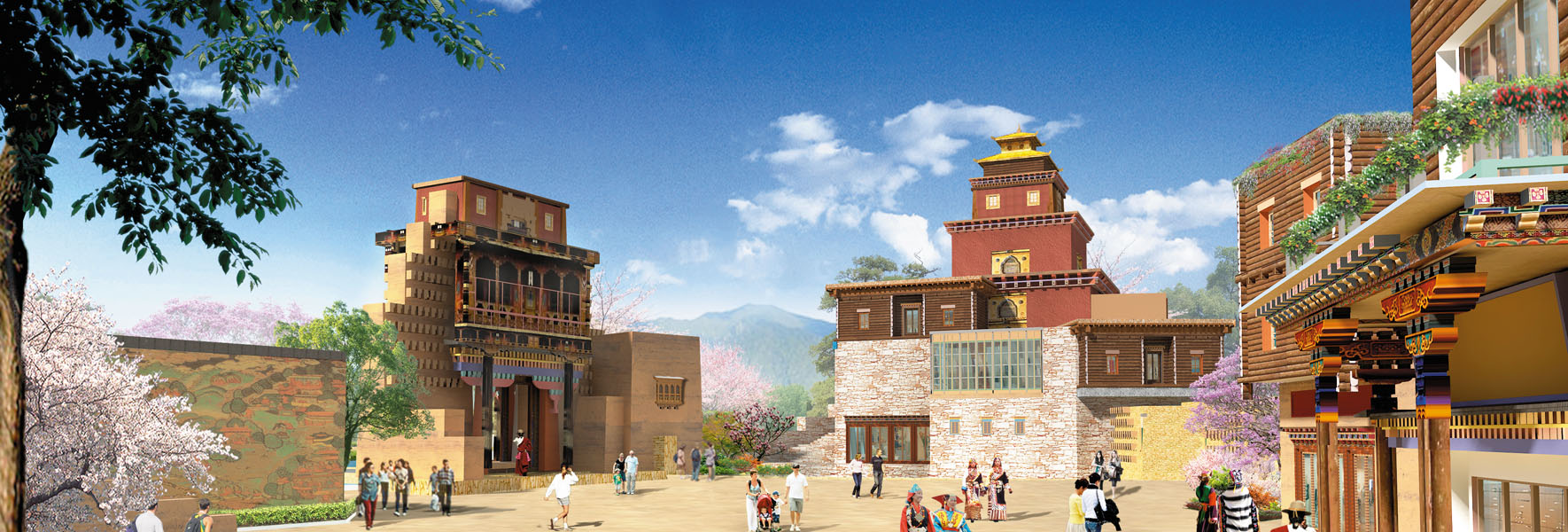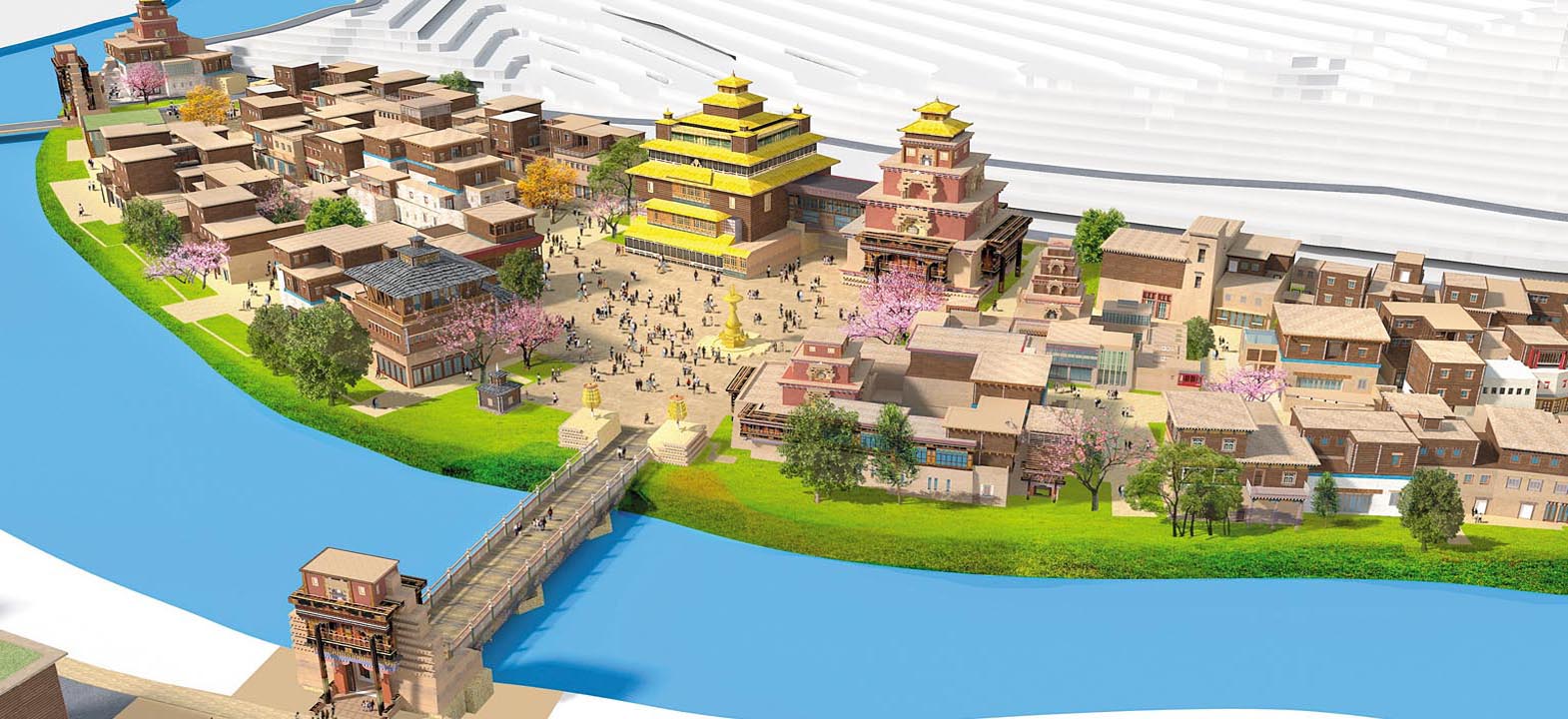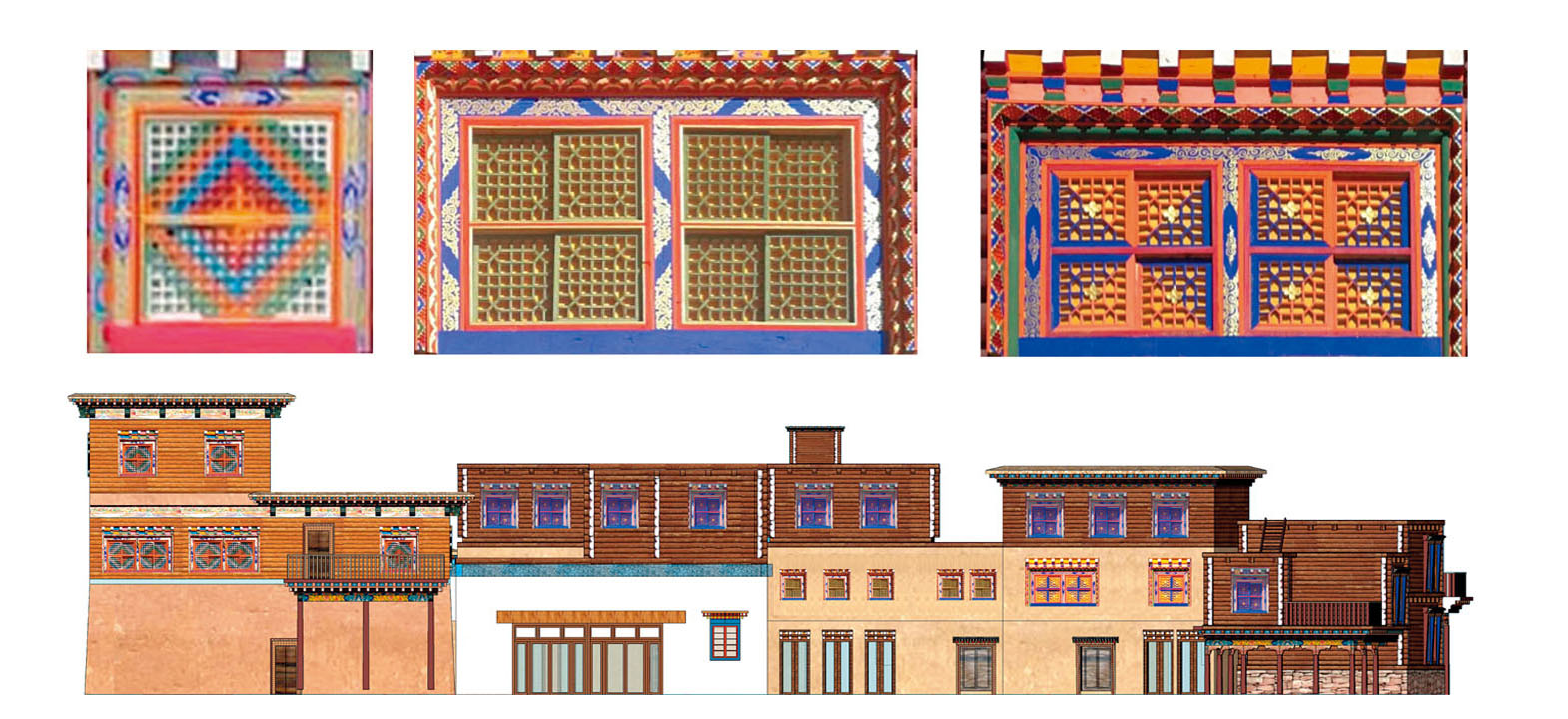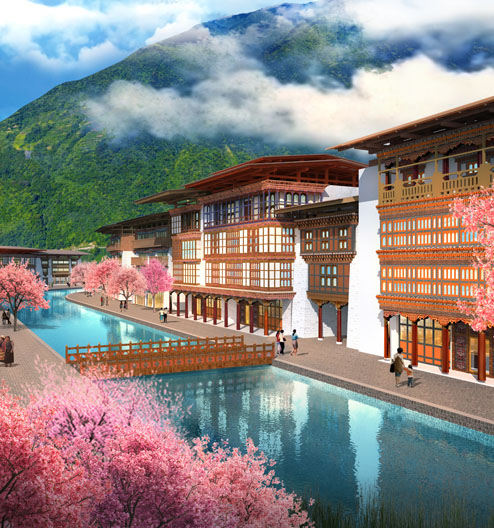Sichuan Ganzi hepo ethnic handicraft town
In 2017, Prof. Chen Keshi and his team completed the planning and design of Hepo ethnic handicraft town in Ganzi Tibetan Autonomous Prefecture, Sichuan Province. Hepo ethnic handicraft town is located in Hepo Township, Baiyu County, Ganzi Prefecture, Sichuan Province. It has a long history. It is said that it was the site of King Gesar's arsenal. With a history of 1300 years, Hepo's Tibetan handicraft products are exquisite in craftsmanship. It is the heritage site of local iron art, gold, silver and copperware, and other metal handicraft cultural heritage. "Made on river slope" products are exported to India, Nepal and other countries, which are unique national art treasures and national intangible cultural heritage. Among them, "white jade Tibetan Dao" is more famous at home and abroad. At the same time, Gatuo temple, located in Hepo, has a history of more than 800 years and is one of the six temples of the Nyingma sect of Tibetan Buddhism.
The scheme design pays attention to the inheritance of local characteristic culture and traditional architecture in Tibetan area, and gives modern interpretation in combination with the current development situation. Focusing on the white jade industry, the design plan starts from the historical tradition, ecological environment, location conditions and other aspects to execute the river slope ethnic handicraft street, after studying the feasibility of project implementation. The plan is to create a Baiyu cultural leisure tourism area to develop the culture represented by its ethnic handicrafts, relying on nearby resources to create cultural products, handcrafted art and tourism to expand the cultural industry chain. This will increase the support of tourism, turning the area into a “white jade art gathering place” driven by cultural experience, business and leisure as well as vacation.
Adhering to the design concept of urban humanism, the plan advocates the protection of the local unique natural environment, the preservation of the pleasant form and scale of local houses, the in-depth excavation of the local historical context, and the creation of a unique tourism experience with the regional characteristics of the Tibetan area. The planning plan is based on Baiyu County center, with the two sides of the river as the development focus, which is composed of three characteristic zones: Tibetan medicine health resort, national characteristic catering area and national handicraft gathering area.
The landscape is mainly composed of the common flowering arbor pear tree, peach tree and firethorn on the plateau, and the flowering herbs and shrubs such as alpine rhododendron, Gesang flower, sage, and Caltha. On this basis, the planning scheme takes the natural scenery on both sides of the Ouqu river as the link, forming a continuous, accessible, scattered and dense space form of architecture and landscape, and building Hepo ethnic handicraft town into a Tibetan characteristic cultural tourism destination with pleasant Street scale, beautiful environment, rich business forms, and sustainable development.





